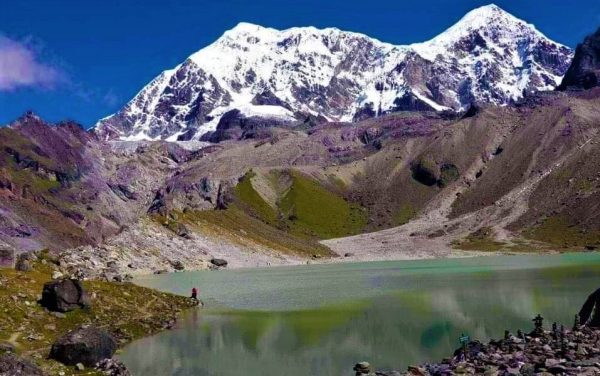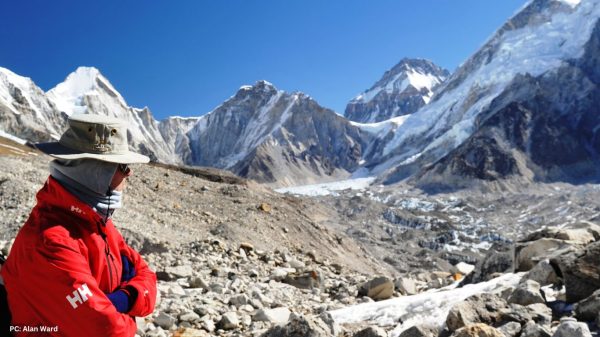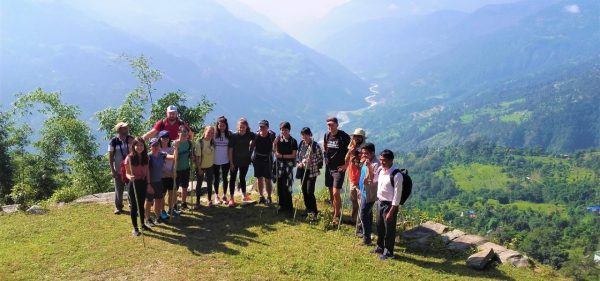Trip Facts
Trip Overview
Locally known as Imja Tse, Island Peak, offers you spectacular scenery of the Khumbu region. Tucked away up the Chukkung valley, this picturesque mountain looks like an island as it is dwarfed on both sides by the amazing Lhotse/Nuptse South Wall to the north and Baruntse to the south. The views from the top provide panoramic Himalayan Mountains of Solukhumbu region including Mt. Everest (8,848 m), Mt. Lhotse (8,516 m), Mt. Makalu (8,463 m), Mt. Cho Oyu (8,201 m) and other 27 snow-capped mountain of Everest trekking region. In addition, you get to see glaciers and the majestic lake Imja Se. During the Island Peak Expedition trek, you pass through the Sherpa inhabited area of Lukla, Phakding, Namche Bazaar, and Tengboche.
The peak was first ascended by the team of Britain in 1953. After that, many groups and people climbed this stunning peak of Nepal.
Since Island Peak is a non-technical climb, it is suitable for all beginners as well. This expedition does not require climbing experience. However, it would be advantageous if you have done some climbing before ascending the Island peak. Some experienced climbers use Island Peak for acclimatization before commencing high-elevation peak climbing. Prior to the expedition, mental preparation is important to deal with strenuous situations at high altitudes. It is important you start physical training three to four months prior to your trip. Thus, you can complete the Island Peak expedition as long as you are physically fit and mentally prepared for the trip.
The route to the base camp of the Island peak climbing is similar route as that of the Everest Base Camp Trekking. You will capture one of the best moments and scenes during this Island Peak Expedition trek that will bring a smile to your face every time you remember it.
This is a sample itinerary of the Island Peak Expedition. We shall customise the program as per your needs and preferences. For further information, please write to us at info@nepalsanctuarytreks.com.
Note: Below trekking hours, altitudes and distances are approximate, and absolutely for the general idea only.










 Altitude:
4,600 m
Altitude:
4,600 m
 Difficulty:
Moderate
Difficulty:
Moderate










